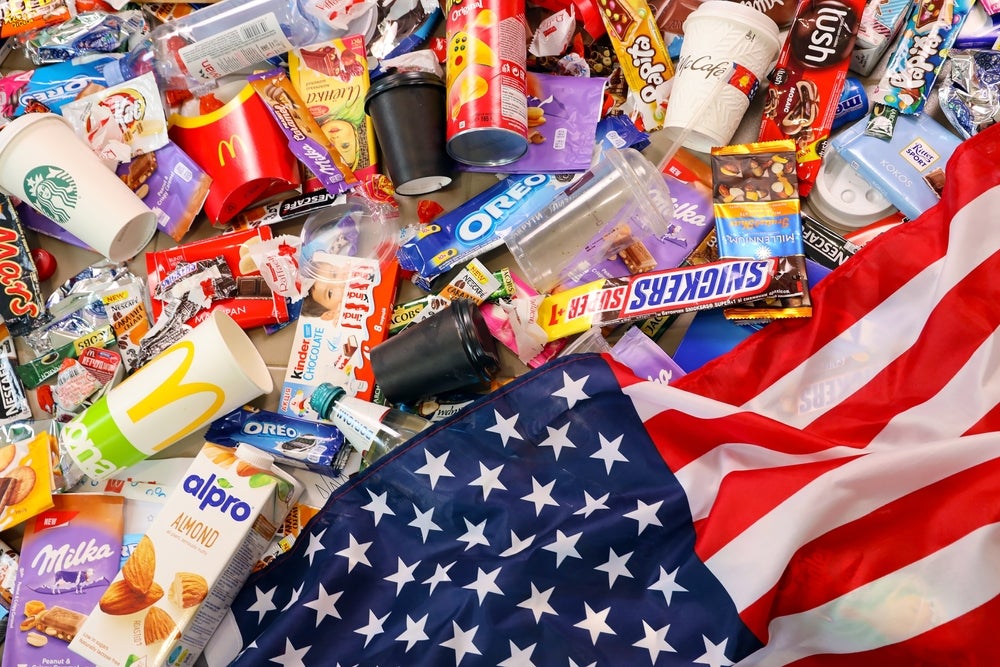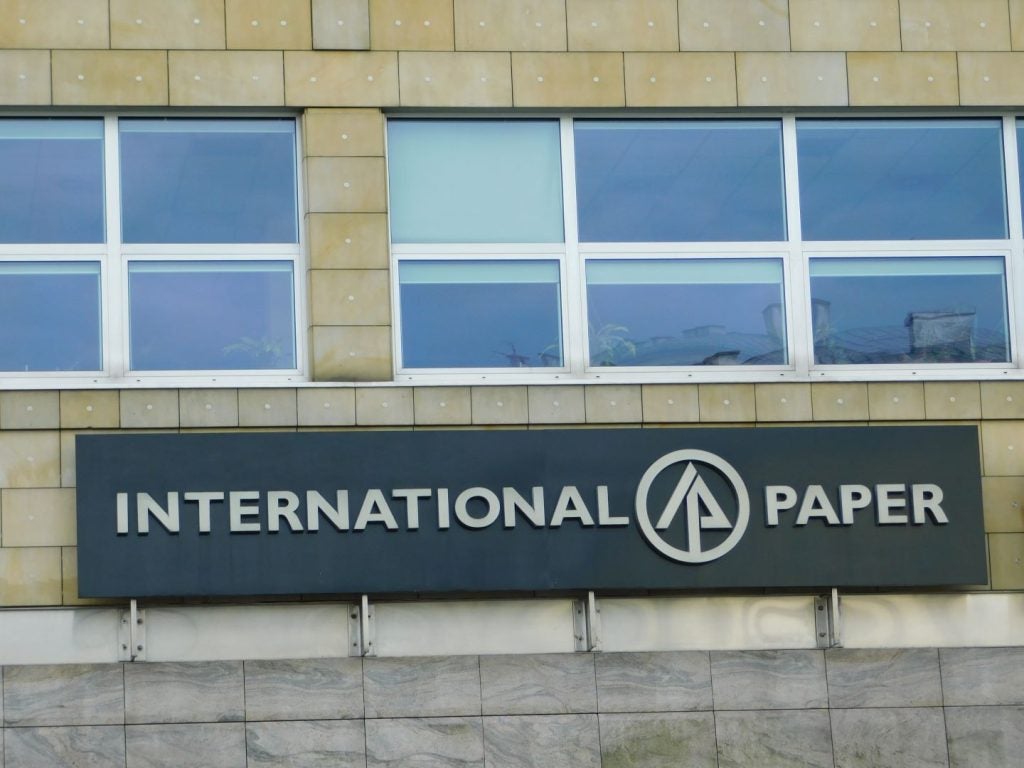The rise of packaging EPR laws across the US market signals a fundamental shift in how waste management and recycling responsibilities are shared between producers and consumers.
Extended Producer Responsibility (EPR) programmes place the onus on manufacturers and brand owners to finance and manage the end-of-life handling of packaging materials.
This approach aims to alleviate the financial burden on municipalities, reduce environmental impacts, and encourage more sustainable packaging design.
As the US grapples with mounting waste challenges, a growing number of states have enacted or are considering legislation to introduce EPR frameworks tailored to packaging.
Expanding state-level EPR initiatives in the US
While Extended Producer Responsibility has been a well-established concept in Europe and Canada for years, the US is only now beginning to adopt such laws on a significant scale.
Maine pioneered the movement in 2021 by passing the first comprehensive packaging EPR law in the country. This legislation requires producers to contribute fees based on the amount and type of packaging they sell, funding recycling infrastructure and municipal costs.
Following Maine, Oregon and California introduced their own laws that set standards for producer involvement and packaging recyclability.
Oregon’s Plastic Pollution and Recycling Modernization Act, for example, mandates that producers join a stewardship organisation responsible for coordinating recycling and managing fees.
California’s SB 54 is one of the most ambitious, targeting a 25% reduction in single-use plastic packaging by 2032, with strict recyclability requirements and financial accountability for producers.
Colorado has also joined the ranks, implementing an EPR programme for consumer packaging that will standardise recycling access and funding across the state.
These initiatives represent a growing patchwork of legislation that reflects varying approaches but a common goal: shifting the financial and operational responsibility of packaging waste from taxpayers to producers.
Implications for packaging manufacturers and brands
For businesses operating in the US packaging sector, these emerging EPR laws introduce both challenges and opportunities.
Manufacturers, retailers, and brand owners will need to engage directly with stewardship organisations or form their own consortia to comply with fee structures and reporting requirements.
This new responsibility may affect packaging design decisions, as companies seek to reduce fees by increasing recyclability or using less material.
EPR legislation encourages innovation in sustainable packaging materials and formats. The financial incentives to lower environmental impact push businesses to consider alternative materials such as recyclable plastics, bioplastics, or fibre-based packaging.
Moreover, harmonisation of recycling programmes and standards in states with EPR laws may help streamline compliance and improve circular economy outcomes.
However, the evolving regulatory environment requires vigilance. Differences in state laws mean that companies distributing products across multiple states face a complex compliance landscape.
Staying informed and proactive is essential to navigate fees, reporting deadlines, and performance targets. Early engagement with regulators and stewardship programmes will be critical to avoid penalties and support sustainable growth.
Shaping the future of packaging and recycling in the US
The adoption of packaging Extended Producer Responsibility laws at the state level represents a significant step towards a more sustainable US packaging ecosystem. By holding producers financially accountable, EPR laws incentivise waste reduction and foster investment in recycling infrastructure.
Over time, this shift is expected to reduce landfill reliance and increase recycling rates, contributing to broader environmental goals.
As more states consider EPR frameworks, the US market may move towards greater regulatory alignment, making compliance easier for businesses and strengthening the circular economy.
Stakeholders across the packaging supply chain — from material suppliers to retailers — will need to adapt their strategies to meet evolving expectations around sustainability and accountability.
The rise of packaging EPR laws across the US market is more than a regulatory trend; it signals a transformation in how packaging waste is managed and financed.
For companies ready to innovate and collaborate, this transition offers the chance to lead in sustainability while improving operational resilience.
For others, it represents a call to action to rethink packaging design and corporate responsibility in an increasingly environmentally conscious market.
















